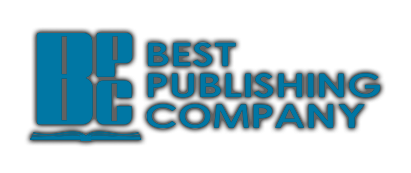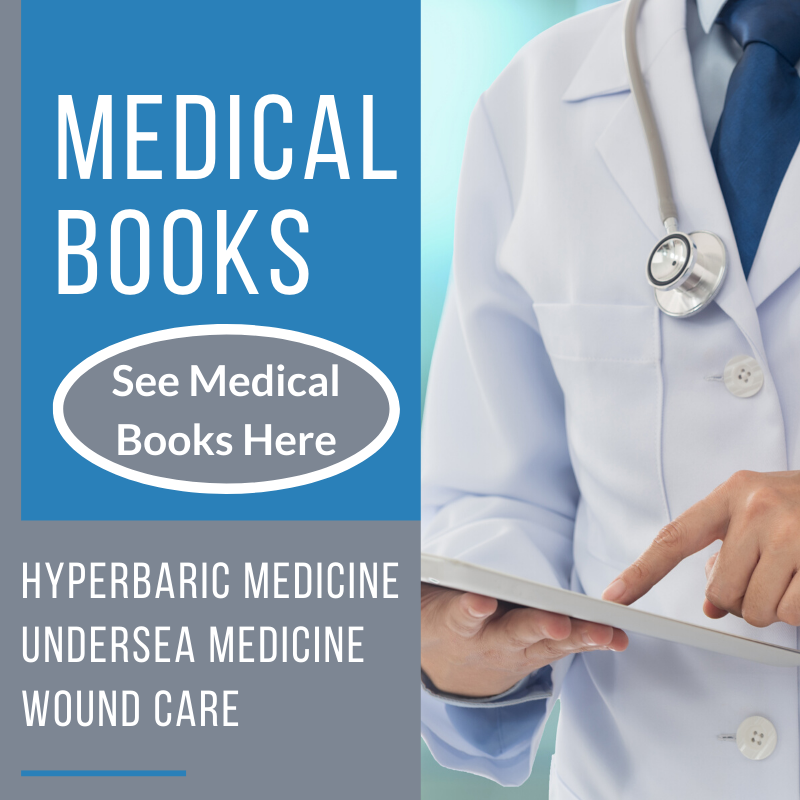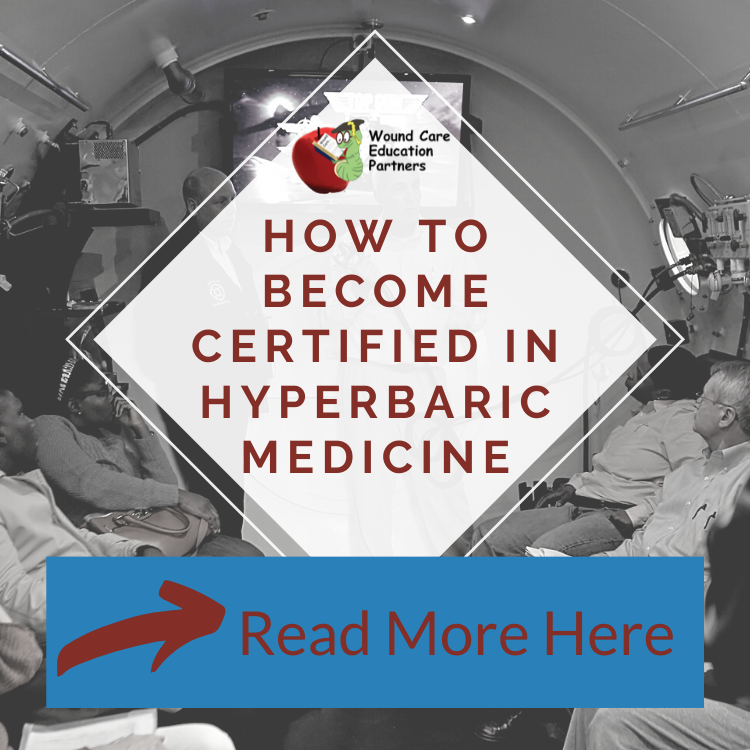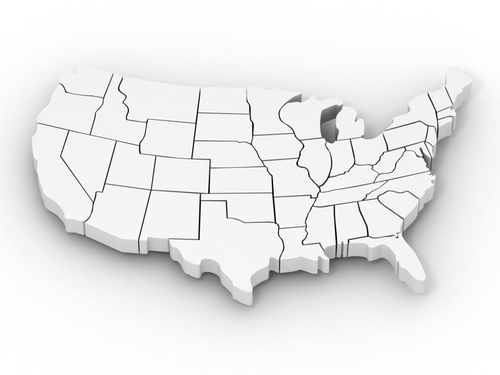Holiday Customer Support Closure
Please note that our customer support will be closed for the holidays starting December 24th through January 4th.
DEPTH Blog
Hyperbaric Medicine: A Historical Glance into Hyperbaric Oxygen Therapy
HISTORY OF HYPERBARICS
The application of air under pressure (hyperbaric air) dates back to 1667, when Nathaniel Henshaw proposed a hypo-hyperbaric room pressurized and depressurized with an organ bellows. In the nineteenth century, Simpson wrote a treatise on the use of compressed air for certain respiratory diseases. The medicinal uses of oxygen were first 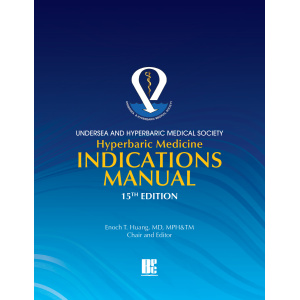 reported by Beddoes in 1794, while the first article describing adjunctive uses of hyperbaric oxygen (HBO2) was written by Fontaine in 1879, who constructed a mobile operating room that could be pressurized. He observed that pressurized patients were not as cyanotic after the use of nitrous oxide during induction of anesthesia as compared to patients anesthetized at atmospheric pressure. In addition, he noted that hernias were much easier to reduce. Around that time, the work of Paul Bert and J. Lorrain-Smith showed that oxygen under pressure had potentially deleterious consequences on the human body with side effects that included central nervous system and pulmonary toxicity. The efforts of Churchill-Davidson and Boerema in the 1950's and 1960's spurred the modern scientific use of clinical hyperbaric medicine.
reported by Beddoes in 1794, while the first article describing adjunctive uses of hyperbaric oxygen (HBO2) was written by Fontaine in 1879, who constructed a mobile operating room that could be pressurized. He observed that pressurized patients were not as cyanotic after the use of nitrous oxide during induction of anesthesia as compared to patients anesthetized at atmospheric pressure. In addition, he noted that hernias were much easier to reduce. Around that time, the work of Paul Bert and J. Lorrain-Smith showed that oxygen under pressure had potentially deleterious consequences on the human body with side effects that included central nervous system and pulmonary toxicity. The efforts of Churchill-Davidson and Boerema in the 1950's and 1960's spurred the modern scientific use of clinical hyperbaric medicine.
In 1967, the Undersea Medical Society was founded by six United States Naval diving and submarine medical officers with the explicit goal of promoting diving and undersea medicine. In short order, this society expanded to include those interested in clinical hyperbaric medicine. In recognition of the dual interest by members in both diving and clinical applications of compression therapy, the society was renamed The Undersea and HyperbaricMedical Society in 1986. It remains the leading not for profit organization dedicated to reporting scientifically and medically efficacious and relevant information pertaining to hyperbaric and undersea medicine.
In 1972, an ad hoc Medicare committee was formed to evaluate the efficacy of HBO2 for specified medical conditions. The focus was to determine if this treatment modality showed therapeutic benefit and merited insurance coverage. The growth of the body of scientific evidence that had developed over the preceding years supported this endeavor and recognition for the field. In 1976, the Hyperbaric Oxygen Therapy Committee became a standing committee of what was then the UMS. The first Hyperbaric Oxygen Committee Report was published in1977 and served as guidance for practitioners and scientists interested in HBO2. The report is usually published every three to five years and was last published in 2019. Additionally, this document continues to be used by the Centers for Medicare and Medicaid Services and other third-party insurance carriers in determining payment.
The report, currently in its 15th edition, continues to grow in size and depth to reflect the evolution of the literature. Observant readers will notice that we have changed the name of the committee and manual to recognize that the specialty of hyperbaric medicine encompasses more than just the delivery of oxygen under pressure. Hyperbaric physicians evaluate complex patients for underlying conditions that lead to ischemia and hypoxia, coordinate care with specialists to help reverse or overcome these conditions, and conduct research on the effects of action of oxygen under pressure. This year, a new indication—osteonecrosis of the femoral head—has been added to our list of recognized indications for which scientific and clinical evidence supports the use of HBO2. This edition also adds a chapter on Emerging Indications where HBO2 may have some efficacy, but evidence is not robust enough for recognition by the committee, as well as a chapter discussing the rationale and evidence for choosing a specific dose of oxygen.
The Undersea and Hyperbaric Medical Society continues to maintain its reputation for its expertise on medicinal oxygen. With leading experts authoring chapters in their respective fields, this publication continues to provide the most current and up to date guidance and support for scientists and practitioners of hyperbaric medicine. The 15th Edition of UHMS Hyperbaric Medicine Indications Manual was edited by Enoch T. Huang, MD, MPH&TM Editor, UHMS Hyperbaric Medicine Committee Chair. For a complete list of the experts and their biographies please refer to section VIII Author Biographies.
This post was excerpted from the preface of Undersea & Hyperbaric Medical Society, Hyperbaric Medicine Indications Manual,15th Edition with permission from the publisher. Get your copy of the textbook today and learn more at BestPub.com
ADDITIONAL RESOURCES:
Medical professionals interested in learning more about the approved uses, facility accreditation, and additional education in the field of hyperbaric medicine can refer to the Undersea & Hyperbaric Medical Society.
CONTINUING EDUCATION:
Are you seeking continuing education in Hyperbaric Medicine? Wound Care Education Partners offers a 40 hour
Introduction to Hyperbaric Medicine. This course will provide you with basic training or continuing education in hyperbaric medicine. This course meets the CMS requirements for physician supervision and billing; and is a precursor to getting the UHMS PATH or either the NBDHMT certification of added qualification or the ABWH certificate of added qualification.
Enroll Today!
BEST PUBLISHING COMPANY
631 US Highway 1, Suite 307,
North Palm Beach, FL 33408
Phone: 561.776.6066
This email address is being protected from spambots. You need JavaScript enabled to view it.
www.bestpub.com
When you subscribe to the blog, we will send you an e-mail when there are new updates on the site so you wouldn't miss them.
